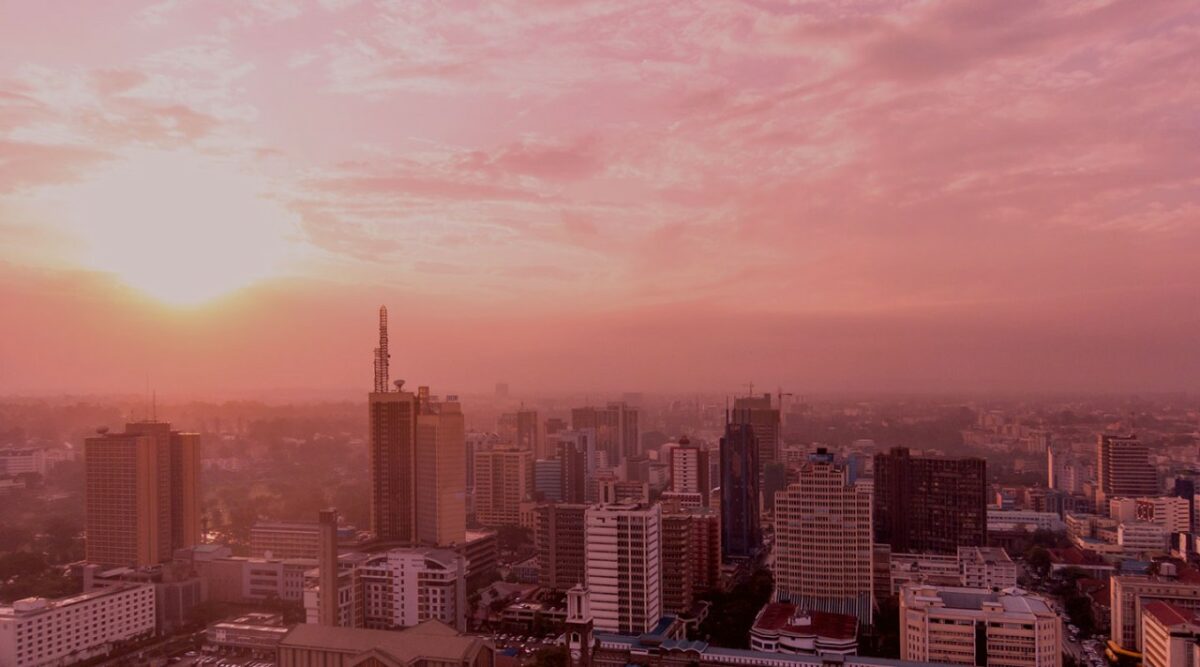8 July 2021
By Werner Venter, Senior Manager, Group Financial Crime
Can curbing the illegal wildlife trade prevent another COVID-19?
The Illegal Wildlife Trade (IWT) has long been viewed as just another conservation issue, however, the onset of a global pandemic has shifted expert focus from just preserving species for future generations, to assessing the impact of IWT on human health. According to a recent report by the Financial Action Task Force (an inter-governmental body that develops policies to combat money laundering), annual proceeds from the IWT range between $7 and 23 billion. This figure is compounded by the economic and social devastation brought on by animal to human viral transmissions, such as the coronavirus.
While many associate IWT with rhinos, elephants and pangolins, activity is certainly not limited to these animals. Exotic bird trafficking in South America is prevalent, owls are extremely popular in India and there is a growing demand for endangered glass eels from Europe. Essentially, an opportunistic crime, markets or ‘little economies’ tend to develop around specific and emerging products.
Key operating tactics have been noted by investigators and the sad reality is that poachers are usually from vulnerable communities, living below the poverty line. Local syndicates are then ideally positioned to exploit these individuals to obtain what they need. Following this, illicit goods are moved to a transit or destination country, often stored alongside legitimate products. Criminals have been known to hollow out timber and place ivory inside, disguising cargo as perfectly ‘normal’ shipments. In most instances, corruption features prominently throughout the IWT value chain. For example, officials altering origin countries in transportation documentation; lowering suspicions and ensuring that end products enter relevant markets as quickly as possible.
The Abalone (perlemoen) trade, in and of itself, involves layers of complex syndicates, all contained within a larger structure. South Africa loses billions of rands per year as a result of illegal harvesting and related activities, one of which is the manufacturing of drugs as this highly desired invertebrate is utilised as a barter for precursors to methaqualone and methamphetamine.
Interestingly, the industry is gaining more insight into the IWT and the individuals behind it. Traffic, a leading NGO, recently interviewed over 100 criminals convicted of wildlife crimes, hoping to learn more about motives and common modi operandi. Those brought to book are usually those who ‘pull the trigger’ so to speak, and catching the kingpins of operations is a far more difficult challenge. Those higher up are usually reluctant to speak out, for fear of the negative repercussions.
Following the trail
While protecting natural resources and environmental governance is central to any organisation’s sustainability strategy, financial institutions are especially equipped to take it one step further, by playing a significant role in pinpointing suspicious transactions. Financial investigators can also assist in gathering the evidence required for successful prosecution.
There are various obstacles to cracking down on wildlife criminals, namely a lack of resourcing and the fact that priority is given to other transnational crimes. It is important to note that all of these crimes do converge to an extent, and that targeting wildlife crimes frequently exposes other illicit activities.
We are not out of the woods
The question remains, how can financial institutions (particularly those operating across Africa) effectively take action against the IWT? What is the best approach to helping to protect biodiversity, economies, and livelihoods, and prevent the spread of disease and subsequent collapse of health systems and other government structures? First and foremost, banks etc. must fully understand their risks and potential exposure to the IWT. The United for Wildlife, a forum with over 170 members comprising of financial institutions, transport companies and Non-Governmental Organisations, led by the Duke of Cambridge and The Royal Foundation, has developed a bespoke ‘tool’ which member banks etc. can utilise to assess their IWT risk. Once this is established, risk mitigation must be prioritised – assessing, identifying, and addressing exposures.
Lastly, actively participating in public-private partnerships and forums – like the South African Anti-Money Laundering Integrated Taskforce (SAMLIT), United for Wildlife, Focused Conservation, and the Basel Institute on Governance – ensures that intelligence, typologies, and trends can be shared and used as crucial indicators when evaluating suspicious financial flows and enhancing existing controls. The keyword here is ‘shared’; innovative measures and a willingness to cooperate with other organisations in the financial sector is one of the best ways that IWT can be successfully controlled. Now is the time to stop beating around the bush and combine all available resources, technology and otherwise, for the sake of both humans and animals.
.png)
.png)
.png)
.png)
.png)
.png)
.png)

.png)
.png)



